The 15 Best High-Protein Foods to Build Muscle and Strength

We all want to stay strong and healthy as we age, but maintaining muscle mass becomes increasingly challenging over time. Dr. Andrea Furlan, a pain specialist from Toronto, Canada, explains that our 639 muscles are critical for longevity and quality of life. Unfortunately, age-related muscle loss (sarcopenia) affects many of us—but it's not inevitable. Dr. Furlan's research shows that with the right combination of resistance exercise and protein-rich foods, you can fight back against muscle loss and build strength at any age. Discover the 15 best protein sources that will transform your muscle-building efforts starting today.
Understanding Sarcopenia and Protein Needs
Sarcopenia isn't just a natural part of aging—it's now classified as a treatable condition, Dr. Furlan says. "Sarcopenia is considered one of the most important risk factors for falls, disability, and frailty in the elderly population," she explains in her post. To combat this condition, experts recommend consuming 1.4-2 grams of protein per kilogram of body weight (or about 1 gram per pound) on resistance training days. For a 150-pound person, that means aiming for approximately 150 grams of protein, particularly on workout days. Dr. Furlan notes that proper sleep, adequate carbohydrates for energy, and hydration also play crucial roles in muscle development.
The Four Pillars of Muscle Building

According to Dr. Furlan, building muscle requires more than just protein. "If you want to build muscle mass and combat sarcopenia, you need to do a few things," she advises. The first pillar is resistance exercise, using either body weight or weights. The second is quality sleep. "A good quality sleep helps our body to get rid of the junk and toxins and help our muscles to grow," Dr. Furlan states. The third pillar is increased protein intake, especially on workout days. And finally, she emphasizes that carbohydrates provide "the energy for your body to digest all of that protein and do the exercises." Balanced nutrition, including healthy fats and proper hydration, completes this foundation for muscle growth.
Why Whole Foods Beat Supplements
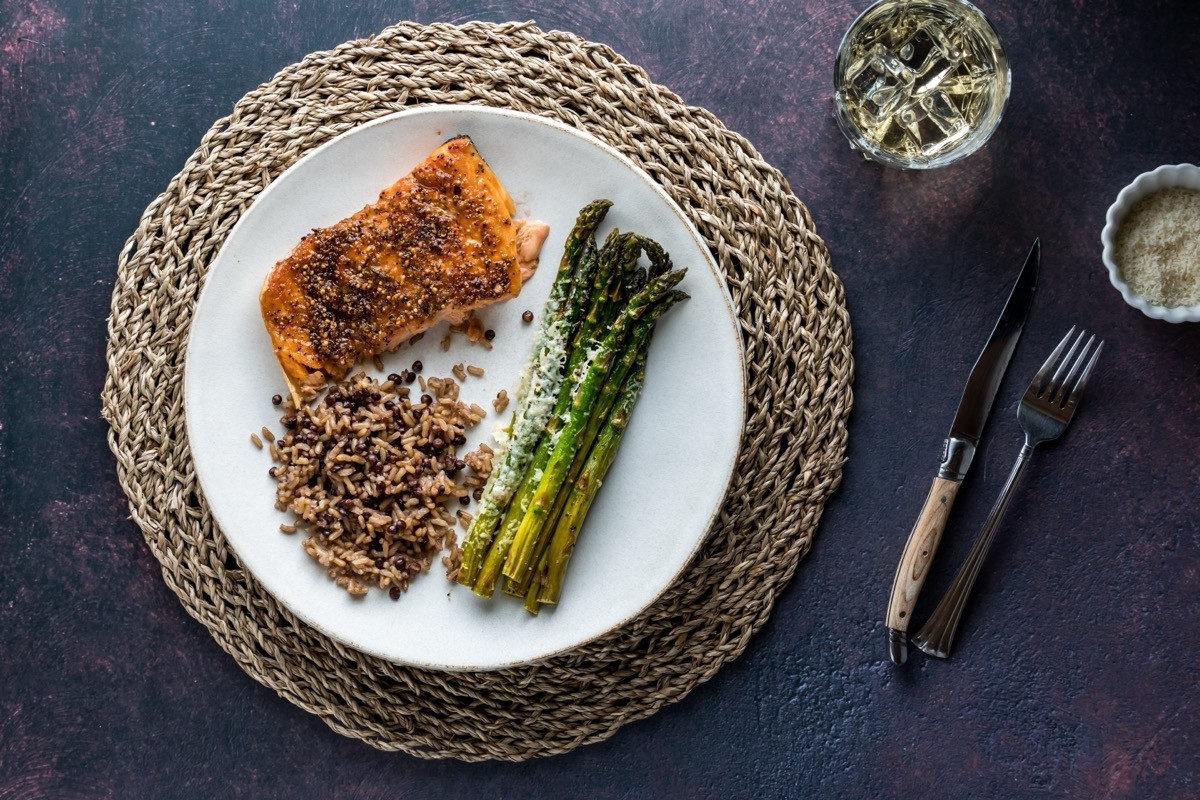
While protein powders might seem convenient, Dr. Furlan recommends focusing on real, home-prepared foods. "When you eat real food, you are also getting many other nutrients, like vitamins, minerals, healthy fats, and carbs—all of these are super important for a healthy life," she says. Whole foods provide complete nutrition packages that supplements simply can't match. They're often more affordable too. However, Dr. Furlan cautions that before beginning any high-protein diet, you should consult with your doctor, especially if you have kidney issues that might restrict protein intake.
Soybeans: The Plant Protein Champion

Topping Dr. Furlan's protein-rich foods list is soybeans, with an impressive 36 grams of protein per 100 grams. "Soybeans are high in plant-based protein, rich in fiber, support heart health, and contain isoflavones that may help with female hormone balance, like during menopause," Dr. Furlan explains. Found in edamame form, these versatile legumes make excellent additions to salads and various dishes. Dr. Furlan does note that while soybeans lead in protein content, they also contain significant calories, fats, and carbs. This makes them an excellent choice for those looking to build muscle while supporting overall health, particularly for women experiencing hormonal changes.
Chicken and Turkey: Poultry Protein Powerhouses

Poultry options rank high on Dr. Furlan's list, with chicken breast providing 31 grams of protein per 100 grams and turkey breast offering 29 grams. "Chicken breast is low in fat and high in essential vitamins like B6 and niacin for metabolism," Dr. Furlan notes. Turkey provides additional benefits, as she points out: "Turkey breast is high in B vitamins for energy production and may help regulate blood sugar levels." These lean protein sources deliver maximum muscle-building potential with minimal excess calories, making them ideal staples in any strength-building diet. Their versatility in cooking methods and flavor profiles means they can be incorporated into countless healthy meal options.
Tuna and Salmon: Protein-Rich Fish Options
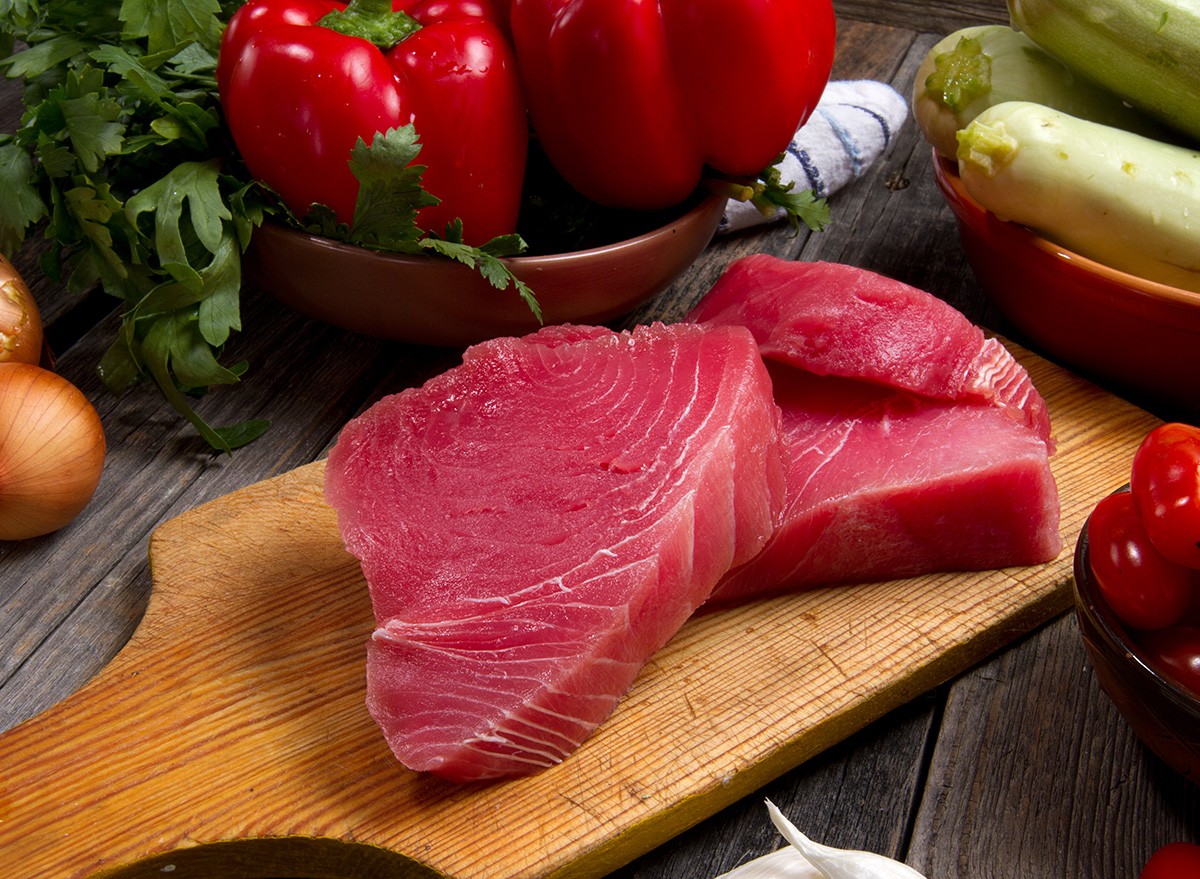
Fish options like tuna and salmon offer impressive protein content while providing essential omega-3 fatty acids. Dr. Furlan ranks tuna highly with 26 grams of protein per 100 grams. "Tuna is rich in omega-3 fatty acids for heart and brain health, high in protein, and contains selenium for immune support," she explains. Salmon follows closely with 25 grams of protein per 100 grams. "Salmon is an excellent source of omega-3s for heart and brain health. It is high in protein and contains vitamin D for bone health," Dr. Furlan adds. These seafood options provide complete proteins alongside nutrients that support overall health, making them smart choices for muscle building and maintenance.
Beef: Quality Red Meat Protein
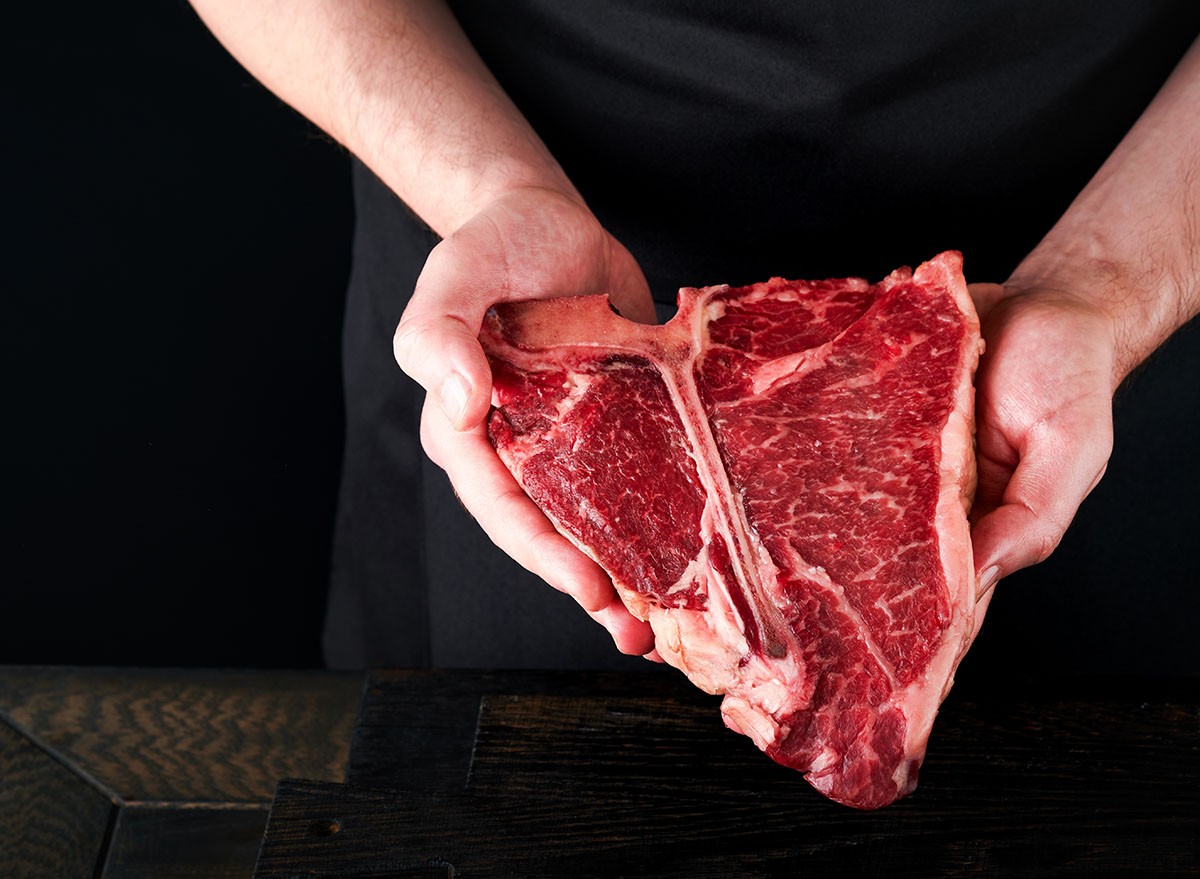
Beef earns its place in Dr. Furlan's top protein sources with 26 grams of protein per 100 grams of lean cooked meat. "Beef provides iron and zinc for immune function and contains vitamin B12 for red blood cell production," Dr. Furlan explains. These nutrients are particularly valuable for maintaining energy levels during intense workouts. While beef is calorically dense, its complete amino acid profile makes it an efficient muscle-building food. Dr. Furlan recommends choosing leaner cuts to maximize protein while minimizing saturated fat intake. The satisfying nature of beef also helps maintain fullness between meals, supporting overall dietary adherence during muscle-building phases.
Peanuts: Plant-Based Protein Punch
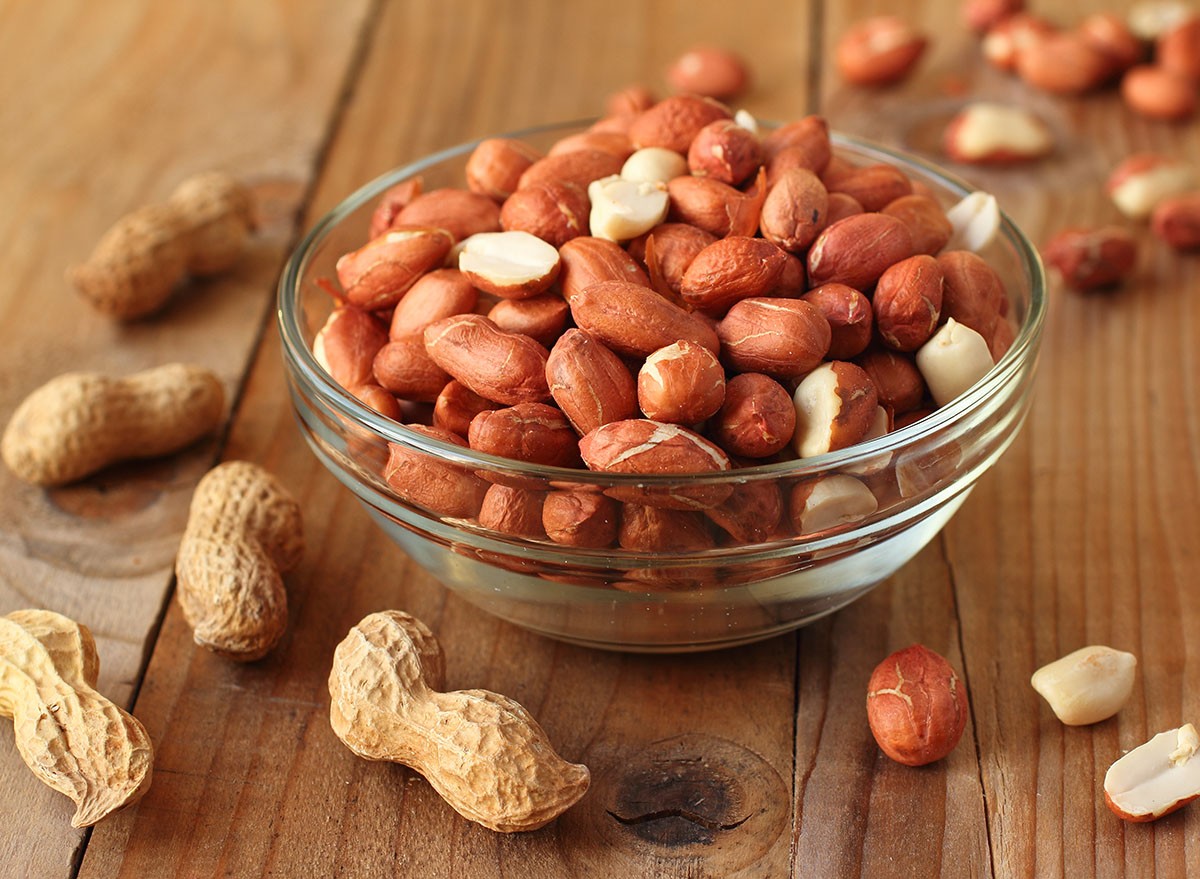
Peanuts offer an impressive 26 grams of protein per 100 grams, making them an excellent plant-based protein option. "Peanuts are a good source of healthy plant-based fats. They support heart health, are high in protein, and contain antioxidants like resveratrol," says Dr. Furlan. Their convenience makes them perfect for on-the-go protein consumption, whether as peanut butter or raw nuts. Dr. Furlan notes that while peanuts are protein-rich, their serving size is typically small (about 28 grams), delivering about 7 grams of protein per serving. This concentrated nutrition source provides sustained energy and muscle-building support in a compact package, though portion control is important due to their caloric density.
Shrimp: Lean Seafood Protein

Shrimp provides 20 grams of protein per 100 grams, making it an excellent lean protein source. "Shrimps are low in calories, high in protein, and contain astaxanthin, a powerful antioxidant, and also provides omega-3s for brain health," Dr. Furlan explains. This combination of high protein with minimal calories makes shrimp particularly valuable for those looking to build muscle while managing weight. Their quick cooking time also makes them convenient for busy lifestyles. The unique antioxidant profile of shrimp offers additional health benefits beyond muscle building, supporting overall wellness while contributing to strength development goals.
Eggs: The Perfect Protein Package
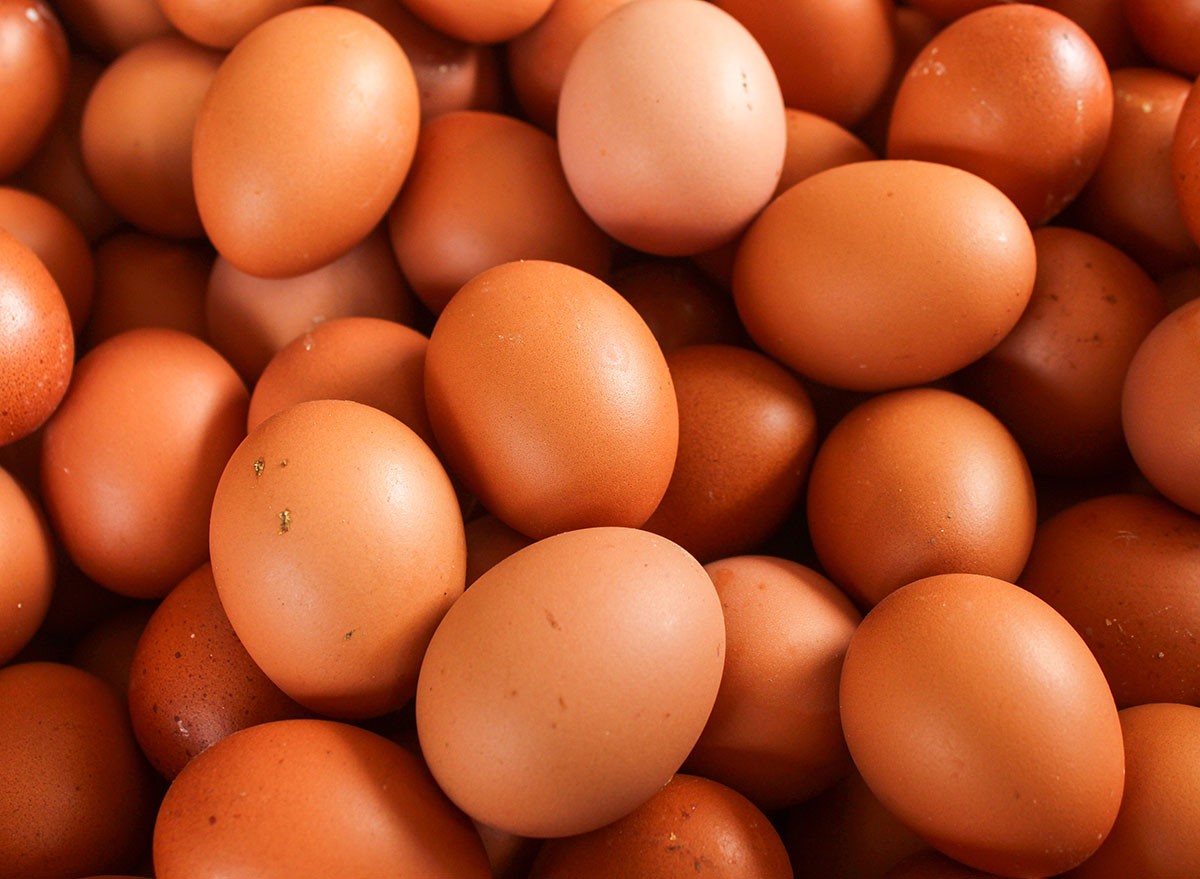
With 13 grams of protein per 100 grams (about two large eggs), eggs remain a nutritional powerhouse. "Eggs, beyond being a high-quality protein source, contain choline for brain health and provide essential vitamins like vitamin D and B12," Dr. Furlan notes. Their complete amino acid profile makes them particularly effective for muscle synthesis. Eggs' versatility allows them to be incorporated into any meal of the day. Dr. Furlan appreciates that eggs provide a perfect balance of nutrients in a natural package. Their affordability and accessibility make them an ideal protein source for consistent muscle support across various dietary patterns and budgets.
Dairy Protein: Cottage Cheese and Greek Yogurt

Dairy options provide excellent protein alongside calcium for bone health. "Cottage cheese is an excellent protein source, rich in casein for muscle recovery, and provides calcium for bone health," Dr. Furlan explains. With 11 grams of protein per 100 grams, cottage cheese offers slow-digesting casein protein that provides sustained amino acid release. Greek yogurt follows with 10 grams of protein per 100 grams. "Greek yogurt is high in probiotics for gut health, rich in protein, and supports bone health with calcium, and may help in weight management," says Dr. Furlan. These dairy options offer complete proteins while supporting digestive health, making them valuable components of a muscle-building nutrition plan.
Plant-Based Options: Legumes and Tofu

Plant-based proteins like beans, chickpeas, and tofu provide excellent options for vegetarians and those looking to diversify protein sources. "Beans are high in fiber for digestion. They are a plant-based protein source, support heart health, and help regulate blood sugar levels," Dr. Furlan explains. Both beans and chickpeas provide 9 grams of protein per 100 grams. Tofu offers 8 grams of protein per 100 grams and additional benefits: "Tofu is high in plant-based protein, contains iron and calcium, and supports heart health. And it's a good source of phytoestrogens that can help women who have low estrogen levels, especially during menopause," notes Dr. Furlan. These plant options combine protein with fiber and additional nutrients that support overall health.
Quinoa: The Complete Plant Protein
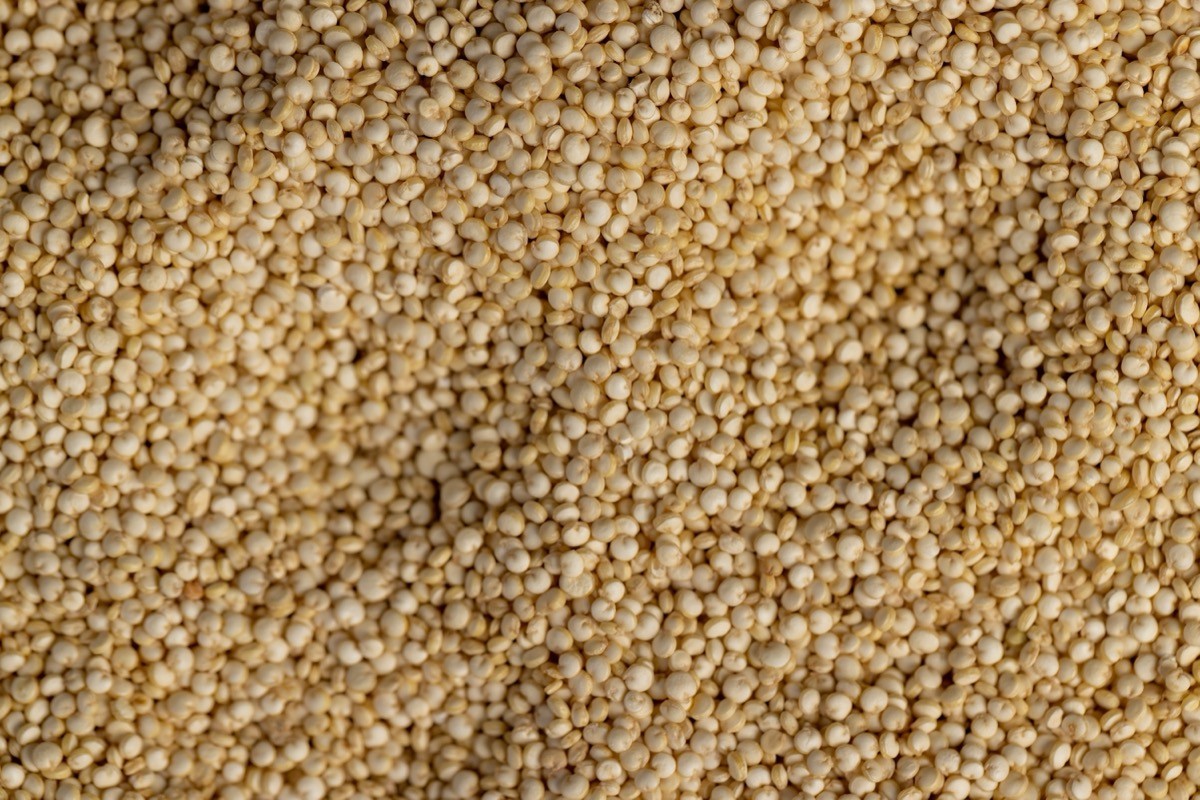
While quinoa ranks 15th on Dr. Furlan's list with 4 grams of protein per 100 grams, it offers unique benefits. "Quinoa is a complete plant-based protein, rich in fiber, contains magnesium for muscle function, and supports blood sugar control," Dr. Furlan explains. Unlike many plant foods, quinoa contains all nine essential amino acids, making it particularly valuable for vegetarians and vegans. Its fiber content supports digestive health, while magnesium directly contributes to muscle function and recovery. This ancient grain can be incorporated into various dishes as a protein-rich base that supports overall wellness while contributing to muscle maintenance.
Timing Your Protein Intake for Maximum Muscle Growth
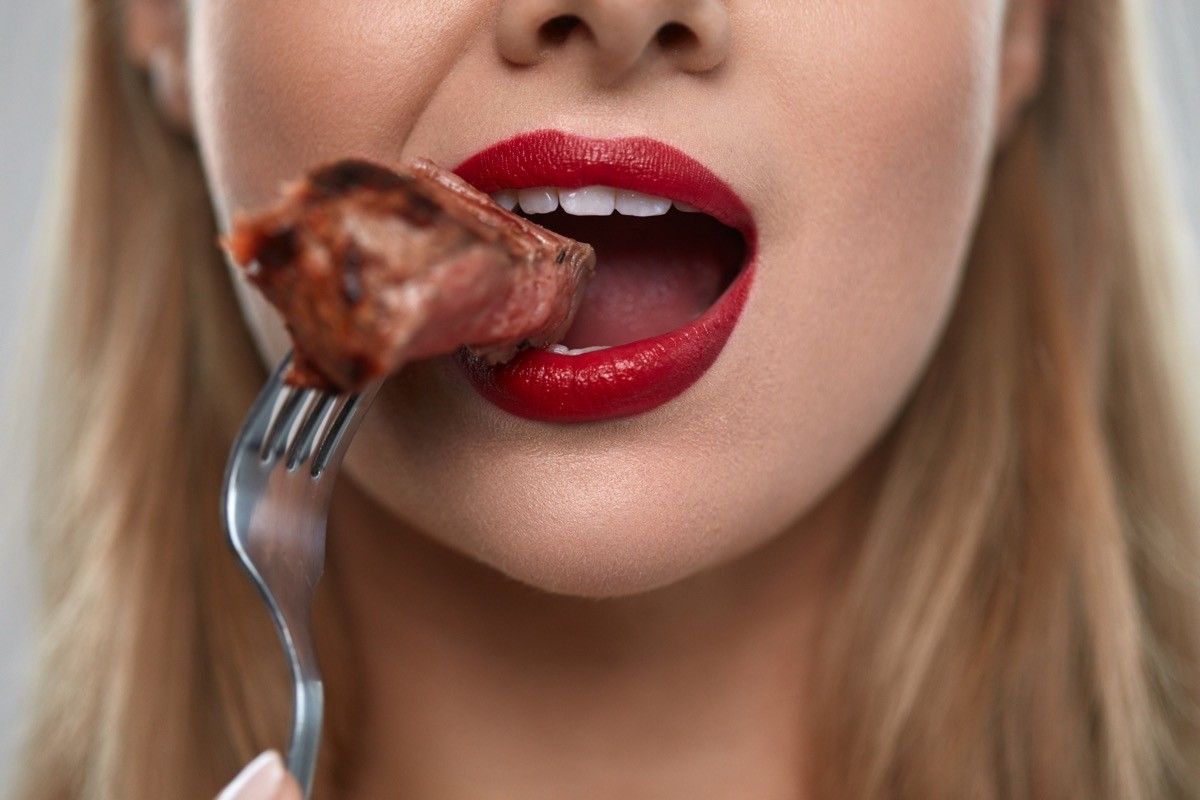
Strategic protein timing can enhance your muscle-building results. Dr. Furlan recommends a targeted approach: "I usually eat my carbs before I go to the gym and the protein when I come back from the gym." This strategy provides energy for your workout from carbohydrates, then supplies the building blocks needed for muscle repair afterward through protein. "This is because the carbs will give me energy to do the exercises, but my muscles will build up after I do the exercises and that's when they will need the protein to put in the muscles," Dr. Furlan clarifies. Your muscles need protein most during the recovery window after resistance training. Spacing protein intake throughout the day in moderate portions also optimizes absorption and utilization.
Creating Your Muscle-Building Meal Plan
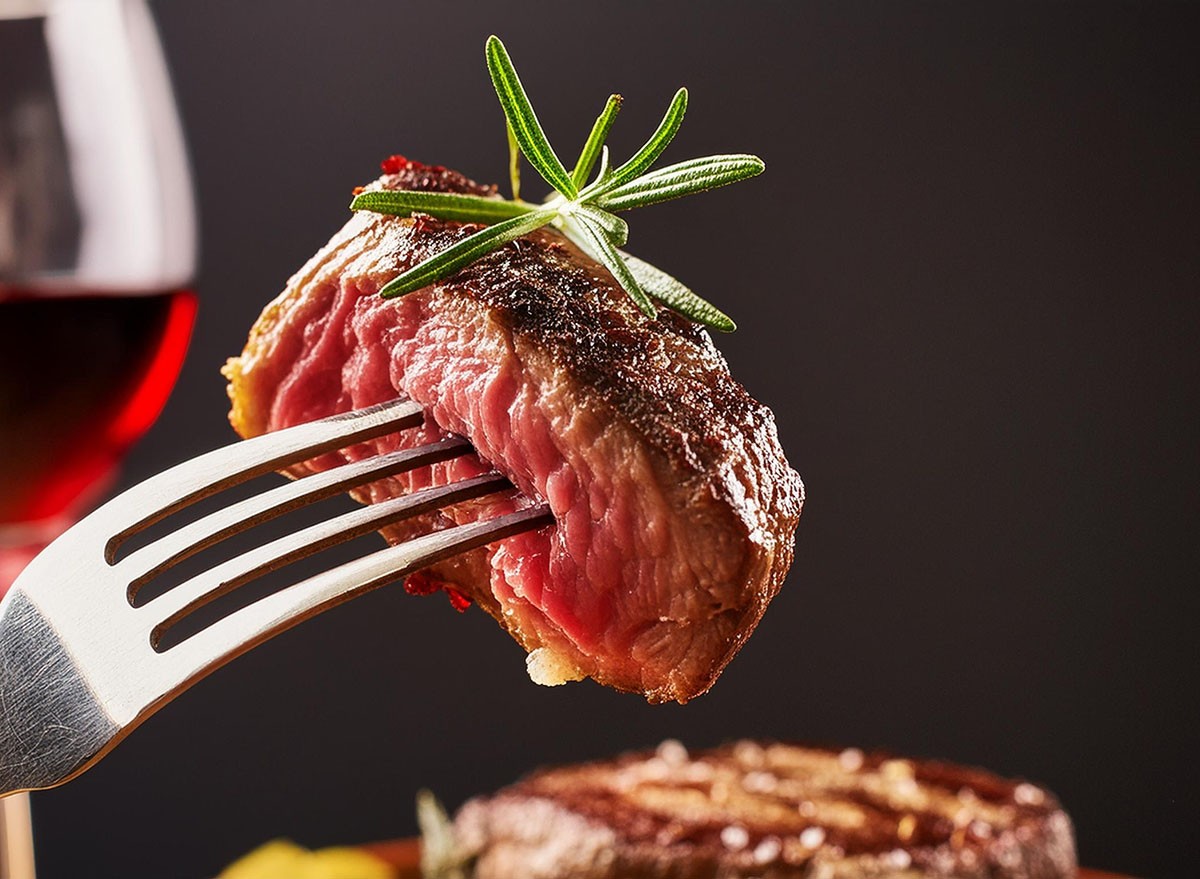
With these protein-rich foods as your foundation, creating an effective muscle-building meal plan becomes straightforward. Dr. Furlan emphasizes that variety is key: "Eating this high amount of protein when you are not lifting weights will not have the same effect." She recommends focusing protein intake particularly on workout days when muscles are actively repairing. Creating balanced meals that combine these protein sources with healthy carbohydrates and fats ensures your body has everything needed for optimal muscle growth. Remember that consistency matters more than perfection—finding protein sources you enjoy and can maintain long-term will yield the best results for your muscle strength and overall health. And if you enjoyed this article, take advantage of these 15 Quick Ways to Lose Body Fat Percentage in a Week.




